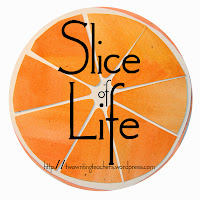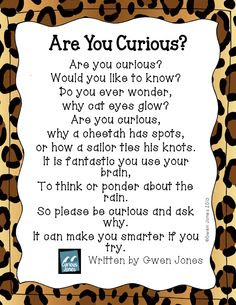Pre Writing -Removing The Cold Starts
I
find it increasingly re-assuring to witness teaching practice that recognizes
the importance of the pre-writing phase of the process. I am witnessing fewer
cold starts where the topic is presented to a class of students and they are
immediately instructed to begin writing.
This cold start writing was a common practice during my primary school days.
Sadly, it has not been totally extinguished from the pedagogical practices in
some schools. I remain hopeful of its eventual extinction. Assisting students
to' get ready to write' lays the foundation for producing an improved writing
product and sets the writer up to be more successful.
Pre-writing involves that critical time when thoughts are transformed into
meaning and begin to be integrated into the writer’s action plan. It is the
gestation period for writing ideas. James Britten says, ‘It is during
pre-writing that the past experiences of the writer serve to colour facts
according to the writer’s point of view.’
Sorting out, gives the writer a sense of direction.
So, what should be happening at the early stage of the writing process? Well,
questions are critical. The writer needs to reflect on the purposes of the
proposed writing piece. At this point the teacher assists the writer to think
about the purposes for this new writing they want to launch into:
What do I want to say here?
Why is it important to write about this? (the so-what factor)
How should I write this?
Who is my audience and what do they need from me?
Pre-writing also benefits from listing and brainstorming to further tease out
ideas for consideration. First, you try to create a wealth of possibilities,
then you play around with those possibilities to determine what are the best
parts to work with, moving into the first draft. With such strategies, the
intention is to move from quantity to quality.
Research indicates that in situations where students are allowed to draw as a
pre-writing activity writing, outcomes are enhanced. The writing produced in
the research by those students who drew prior to writing was generally superior
to those students who just wrote.
We should never underestimate the power of talk and discussion as a prelude to
writing. Talk assists the writer to identify the real purpose and direction for
their writing. Talk is a clarifier. It removes the fog of indecision that may
initially surround the writer. Talk is an integral part of the pre-writing
phase for developing writers. To deny this, endangers the quality of the
writing that eventually emerges on the page.
I acknowledge there are times when a writer may need to just write in order to
make some discoveries or trap initial thoughts. For this reason, another
pre-writing action might involve some brief writing to activate prior
knowledge. Those words can then be housed and revisited at a later stage to
allow a fresh perspective on their chosen topic.
Pre-writing can involve looking at an experience from a different perspective.
The writer might consider an alternative viewpoint or purpose, audience or
angle.
Pre-writing may involve experimenting with different leads, different genres,
and different structures. Once students have had the opportunity to explore or
consider different ways to organize their writing, they are better positioned
to choose the form that best suits their individual writing goal. Time invested
in pre-writing allows the student writer to make more informed decisions about
their writing projections.
Alerting students to text structures and features of a particular genre and
charting such discoveries is a pre-writing action that raises the writer’s
awareness of the pertinent aspects of a particular form of writing. Sharing
models of writing provide the writer with greater certainty regarding
expectation. This allows the writer to see real evidence of the type of writing
they are about to attempt in their own writing.
Reading and research becomes an essential pre-writing activity when undertaking
writing that aims to provide the reader with information. Young writers often
lack a depth of knowledge about a chosen topic, and it is critical to deepen
the knowledge base before moving into the writing. This is an essential
understanding for the student writer.
To know that there are choices when undertaking a writing task is empowering
for young writers. Being placed in a position where student writers are able to
select, serves to ultimately shape the writer's creative output.
Alan
j Wright






This is great. I really like the idea of drawing. I have several students who would benefit from this post. Thanks!
ReplyDeleteIn my experience, cold writing is more the norm. I, however, love prewriting with students. This year I have been spending several days explaining, modeling and writing with students for the genres we try. The pieces I am getting back from them are MUCH better than what I have received in the past. And, as a bonus, kids think it's more fun and they like having so many things to pick from when it comes to writing a full piece.
ReplyDelete